Grow An Early Spring Flowering Bulb Lawn
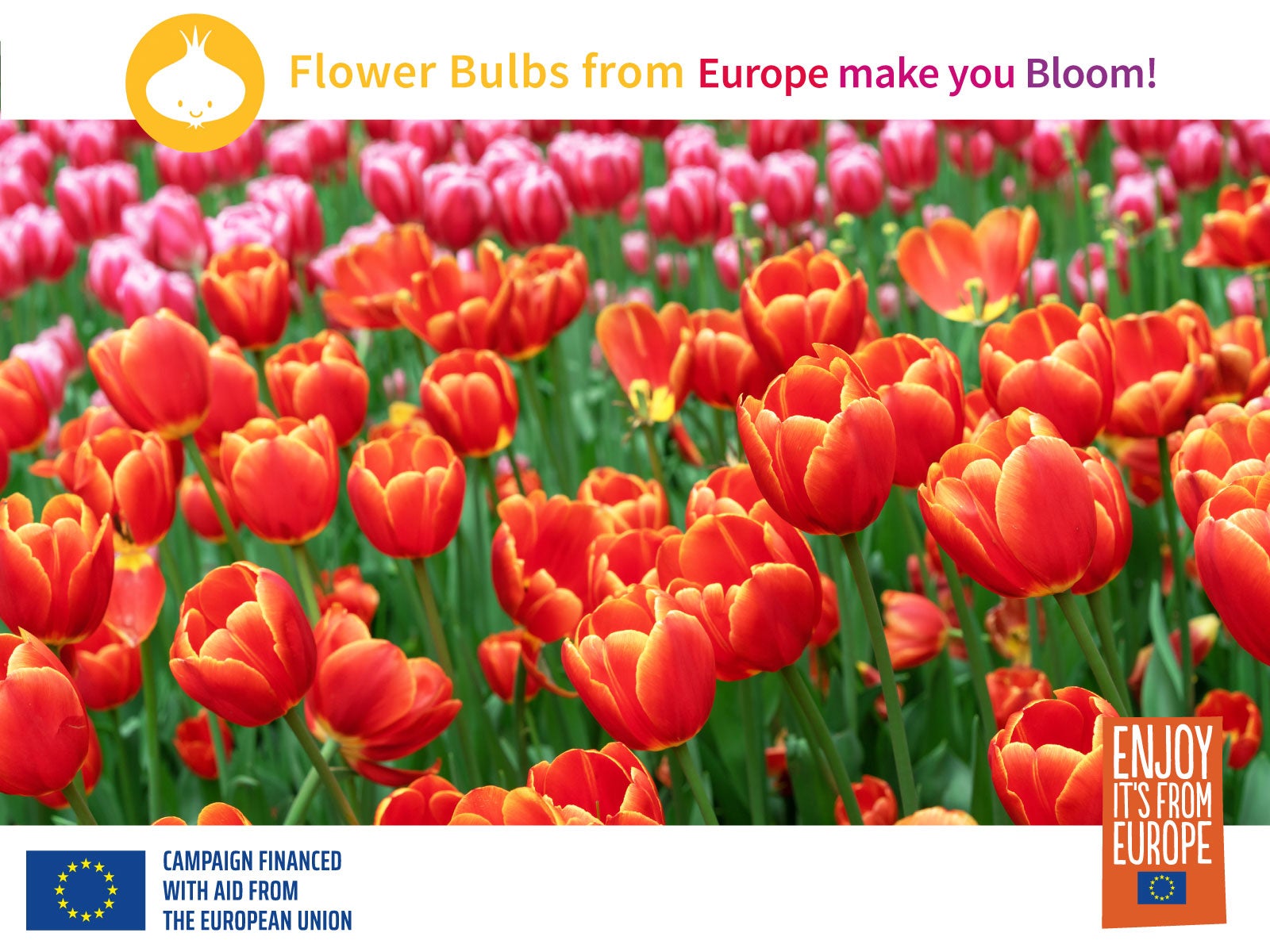

Imagine a lawn that would nourish pollinators, never need weeding and would grow more beautiful every year on its own. If this sounds like your ideal fall project, a spring bulb lawn may be perfect for you. Bulb lawns have become a feature in professional botanical gardens and are creating a stir among environmentally conscious home gardeners.
Gardeners are enhancing their grass lawns with spring flowering bulbs for practical reasons, too: flower bulbs are prolific “naturalizers.” What does naturalizing mean? It means your bulb lawn will effortlessly and quickly multiply, filling your yard with lovely blooms year after year. A naturalizing bulb lawn can also work perfectly in shrub borders, under deciduous trees and in perennial borders. In addition to its beauty, a spring bulb lawn delivers some other immensely important benefits.
Why Plant a Bulb Lawn?
- Help Our Pollinators -- A spring-flowering bulb lawn offers a massive amount of early-season pollen and nectar to our cherished pollinators. Bulb flowers provide a feast of important nutrients for pollinators at a time of year when other food sources are sparse.
- You’ll never need to weed -- A lawn that doesn’t need weeding is so easy to maintain. A bulb lawn doesn’t even require mowing until the foliage turns yellow.
- Plant once -- An investment with great rewards, these bulbs will continue to multiply, giving you more and more delightful flowers every year.
- Water just one time after planting -- Unless you live in an arid climate, watering once to settle the soil around the newly planted bulbs is enough. Generally speaking, fall rains will do the rest.
- Squirrel, Rodent and Deer Resistant -- With the exception of tulips and crocus, the bulbs in our list are not appealing to squirrels or other rodents, and even deer will not ordinarily eat the flowers.
Let’s dig a little deeper into this idea of planting a bulb lawn.
Plan For Your Bulb Lawn
Grassy lawns may have their place in your yard, but turf-based lawns are only a food desert for wildlife. A bulb lawn of any size, on the other hand, provides a banquet for pollinators at a time of year when most flowers are still scarce. In early spring as our pollinators are waking up, most other blossoms and flowers have not yet made an appearance.
The experts at flowerbulbs.com advise us to plan on putting in about 100 to 250 bulbs per square yard of lawn space. Your early spring bulb varieties can be thoroughly mixed, or you can plant sections by type, remembering that the bulbs will spread and multiply.
When you’re choosing bulbs for pollinators, be sure that a large percentage of your choices produce only a simple single petaled flower. Why? Because double flowers may make it difficult or impossible for insects to reach the nectar inside. As an example, if you’re an insect, imagine the ease of accessing pollen from an open crocus or tulip.
When planning for a bulb garden, choose a low-traffic area. Although many bulbs thrive in full sun, they’ll also tolerate a bit of shade, so planting under trees and shrubs is fine. Remember, they will bloom before most other plants leaf out.
Gardening tips, videos, info and more delivered right to your inbox!
Sign up for the Gardening Know How newsletter today and receive a free copy of our e-book "How to Grow Delicious Tomatoes".
Your planting site should have well-draining soil with a neutral pH. Be sure not to plant bulbs in an area that might acquire standing water.
How To Plant a Bulb Lawn
- Outline the area of your new bulb lawn with a hose or spray paint, taking care to leave space for the borders.
- You’ll want to plant your bulbs 2 to 3 times as deep as the height of the bulb, so be sure to dig deep enough.
- Moving backward, drill or dig your holes, adding in a bit of organic bulb fertilizer. Pop in your bulbs. You may want to mingle your tulip and crocus bulbs among other varieties so the local deer and rodents won’t notice them in the wafts of flowers.
- Cover the bulbs with soil and water them in. Unless you live in very arid conditions, this may be the only water your bulb lawn will need. Seasonal rain should be enough.
- You may want to pin some chicken wire over your newly planted area for the first few weeks, or even leave it there until the bulbs begin to sprout in early spring.
- Expect spring to arrive early for your bulb lawn. It will bloom in succession for many weeks!
About Pollinators
The truth is early spring can be rough. By then honeybees have used up most of the nectar and pollen in their hives, and their stores are at the lowest point of the year. As temperatures rise in early spring the queens begin to lay eggs, and pollen and nectar must be gathered to feed them.
Solitary bees, like bumblebees, don’t have the energy to fly far when they emerge, and they need to forage as early in spring as possible. Their successful nesting depends on it.
Bulbs like snowdrops, winter aconites and glory of the snow, all begin blooming in late winter. They provide an essential early food source for bees and other flying friends. Very few other plants are blooming at that time, making these spring bulbs critically important. Consider including crocus, grape hyacinths, and Siberian squill in the mix for early blooming and rapid naturalizing. As temperatures warm up and more spring-blooming bulbs emerge, butterflies and all other beneficial insects will also begin their search for food.
Larger groupings of bulb flowers make foraging easier for beneficial insects. Many flowers planted together are easier for pollinators to find. It’s also good to know that bees see color differently than humans, but scientists agree that their favorite colors are purple, blue, and white.
How to Keep Rodents Away
Create a physical barrier. After planting and covering your bulbs with soil, you may want to safeguard the planted area with chicken wire secured to the ground with landscape pins or large rocks. This will deter digging animals from accessing your bulbs. Just remove the wire when your bulbs begin to sprout in early spring.
If you struggle with voles and groundhogs, use sharp-edged gravel underneath and around your planted bulbs, placing some in each hole and surrounding the bulbs. Gravel can also be helpful with water drainage.
Plant your bulbs as deeply as you can within the range that your planting instructions suggest. If the package does not provide a planting depth, a general rule is to plant down 2-3 times the length of the bulb. Be sure to pack the soil over the bulbs to discourage digging pests. Using an auger makes deep planting much easier and faster.
Deter Pests by Masking Scents
- Proper mixing -- Try masking rodent-loving scents by mixing their favorites (tulips and crocus) with those that they find unpalatable, like daffodils, fritillaria, or hyacinths.
- Clean up -- When rodents notice disturbed soil and debris, they know there may be tasty bulbs nearby. Be sure to clean up your planting area, removing any papery bulb sheaths, packaging or other debris that might carry the scent of your newly planted bulbs.
- Repellents -- To keep small mammals away from your bulb lawn after bulb flowers emerge in the spring, you may want to try a commercial all-natural repellent. These products typically smell unpleasant to rodents. Homemade repellents may be an option, as well.
Bulbs That Work Well for Naturalizing
Deer and rodents will not eat most of the bulbs in the list that follows. Again, the exceptions are tulips and crocus, which they love as snacks, but don’t let that stop you from hiding them among the others they dislike.
Here’s a great list of bulbs perfect for bulb lawns. These bulbs love to naturalize, multiply and give you a beautiful blooming bulb lawn that supports our beloved pollinators and offers an excellent alternative to turf-based lawns. You can read more about all of them at flowerbulbs.com.
- Iris reticulata, dwarf iris
- Crocus
- Tulipa sylvestris, woodland tulip
- Narcissus Tete-a-Tete, miniature daffodil
- Chionodoxa luciliae, glory of the snow
- Ipheion uniflorum, spring starflower
- Scilla siberica, Siberian squill
- Muscari armeniacum, grape hyacinth
- Galanthus, snowdrops
- Eranthis, winter aconites
- Fritillaria meleagris, chequered fritillaria
- Anemone, Grecian windflower
- Allium, short ornamental onions
- Puschkinia scilloides, striped squill
The above article was sponsored by flowerbulbs.com. The information contained in this article may contain ads or advertorial opinions.

Caroline Bloomfield is Manager of Marketing Communications at Gardening Know How since 2019. A northwest native, she has resided and gardened in multiple zones in the U.S. and is currently at home in Bandon, Oregon. Writing and editing for various publications since 1998, her BA in American Studies from Southern Maine University includes an emphasis in English. She was raised in California by avid gardeners and continues to enjoy the natural world with an appreciation for the concepts of sustainability and organic care for the planet.
-
 Get Ready For A Summer Of Hummers! Grow These Full Sun Hummingbird Plants and Flowers
Get Ready For A Summer Of Hummers! Grow These Full Sun Hummingbird Plants and FlowersIf you’re lucky enough to enjoy a sunny backyard, make sure you are maxing out on your pollinator opportunities and grow these full sun hummingbird plants and flowers
By Tonya Barnett
-
 12 Lush Alternatives To A Lawn For Sustainable Spaces
12 Lush Alternatives To A Lawn For Sustainable SpacesAlternatives to a lawn are beautiful and also beneficial to your local ecosystem and its pollinators. Explore our top picks for plants to replace grass.
By Tonya Barnett
-
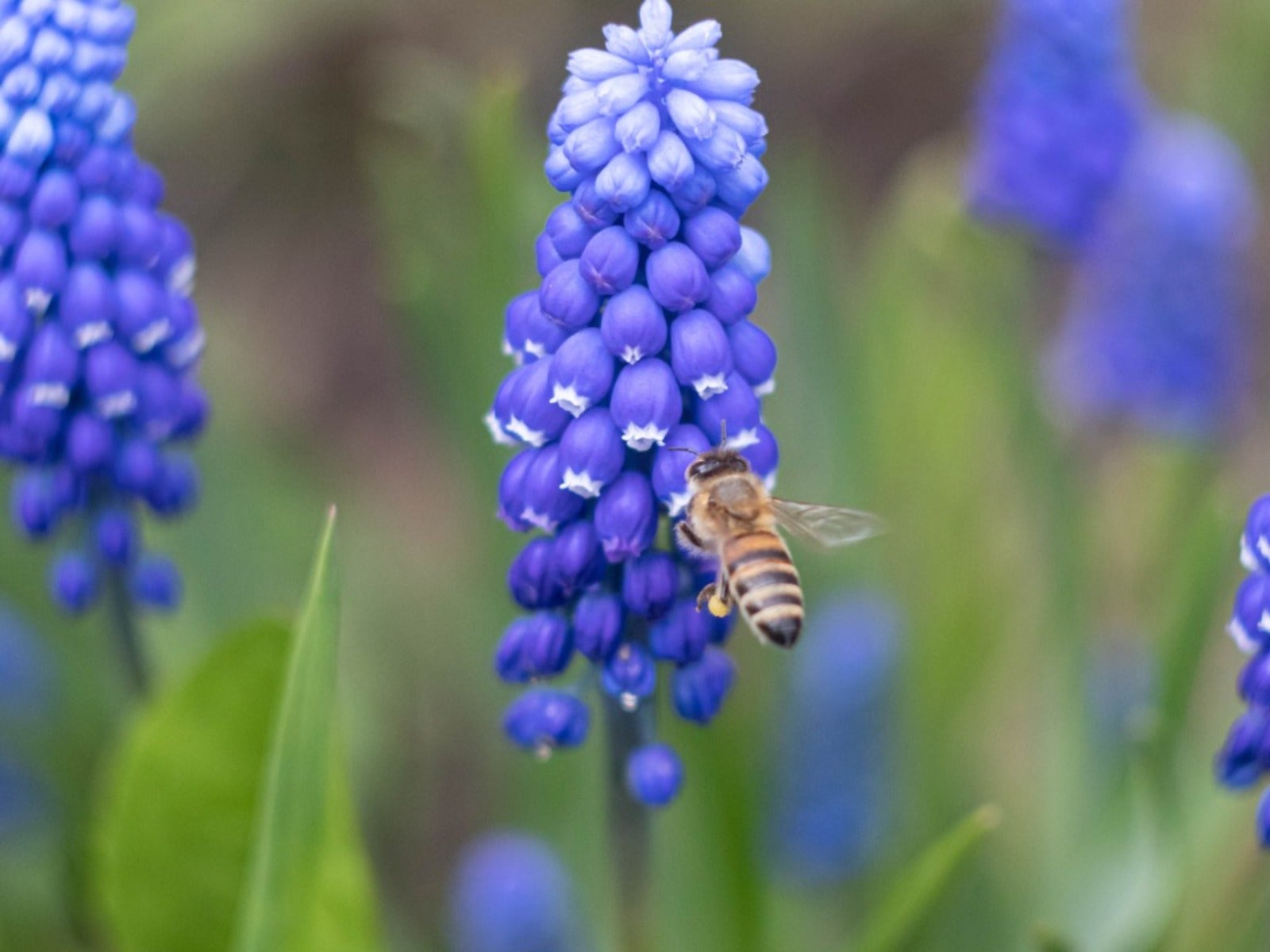 Pretty Spring Bulbs For Pollinators
Pretty Spring Bulbs For PollinatorsWhat are the best flowering bulbs for pollinators in spring? Click here to find out.
By Mary Ellen Ellis
-
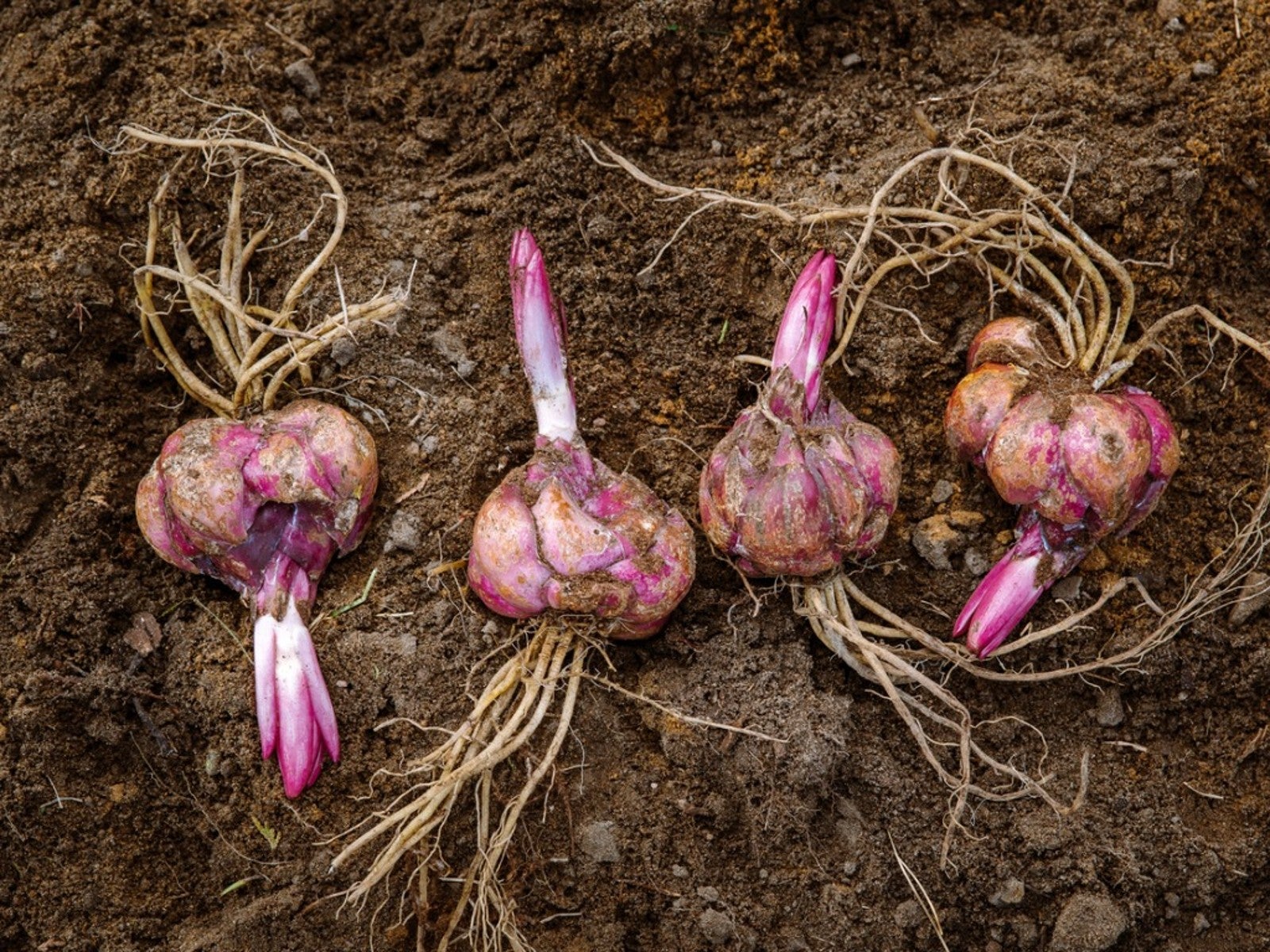 When To Dig Up Bulbs That Bloom In Summer
When To Dig Up Bulbs That Bloom In SummerClick here to learn when to dig up faded summer bulbs of some of the most common ornamentals grown.
By Tonya Barnett
-
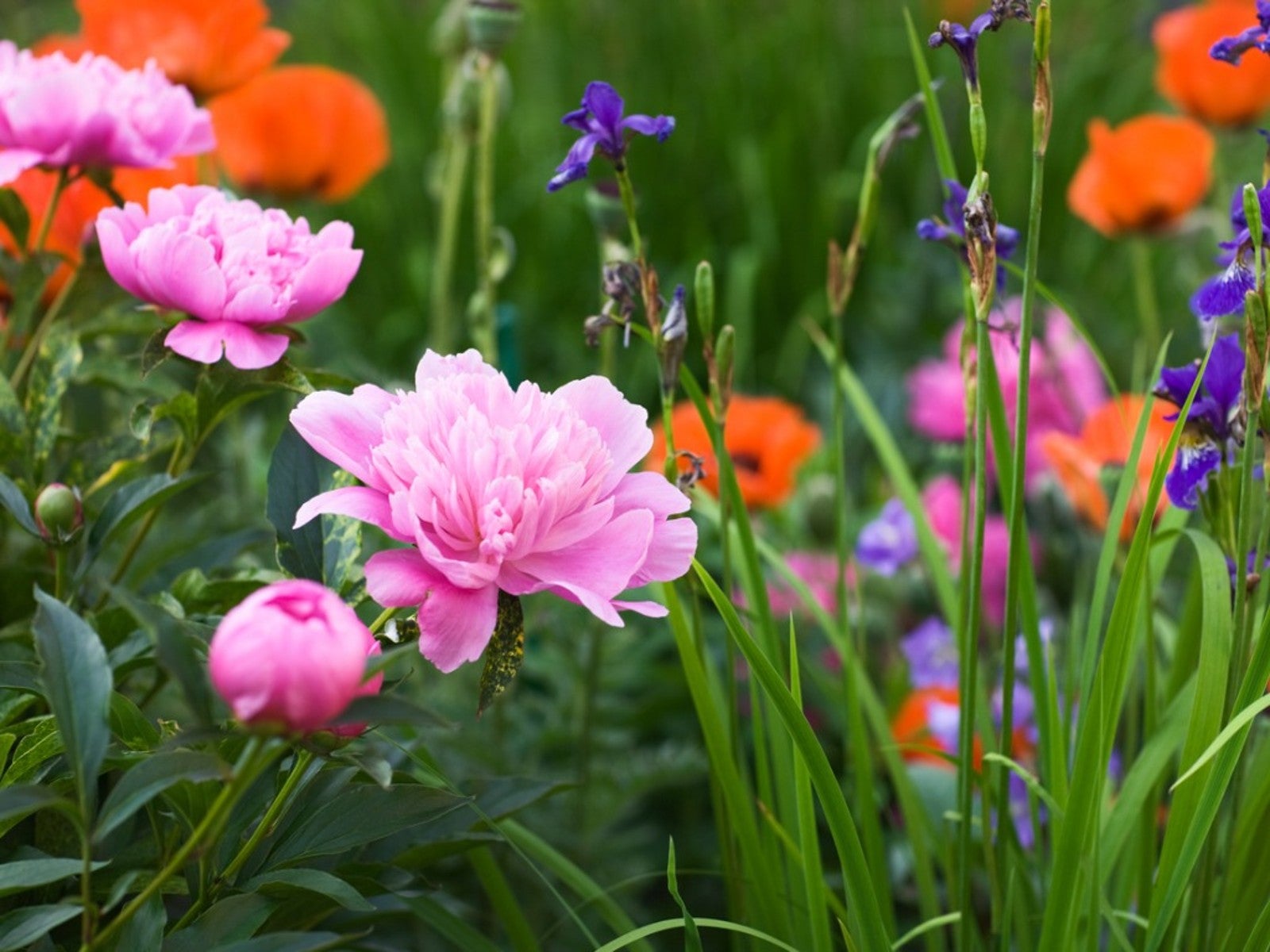 Corms, Tubers, And Bulbs That Are Deer Resistant
Corms, Tubers, And Bulbs That Are Deer ResistantWe love tulips, and so do deer! If you have hungry deer and you hunger for spring blooms, this article should help.
By Amy Grant
-
 Care for Bulbs After Blooming
Care for Bulbs After BloomingIt's tempting to chop down the leaves after you bulbs have bloomed, but you have to resist this urge! Click to learn why.
By Amy Draiss
-
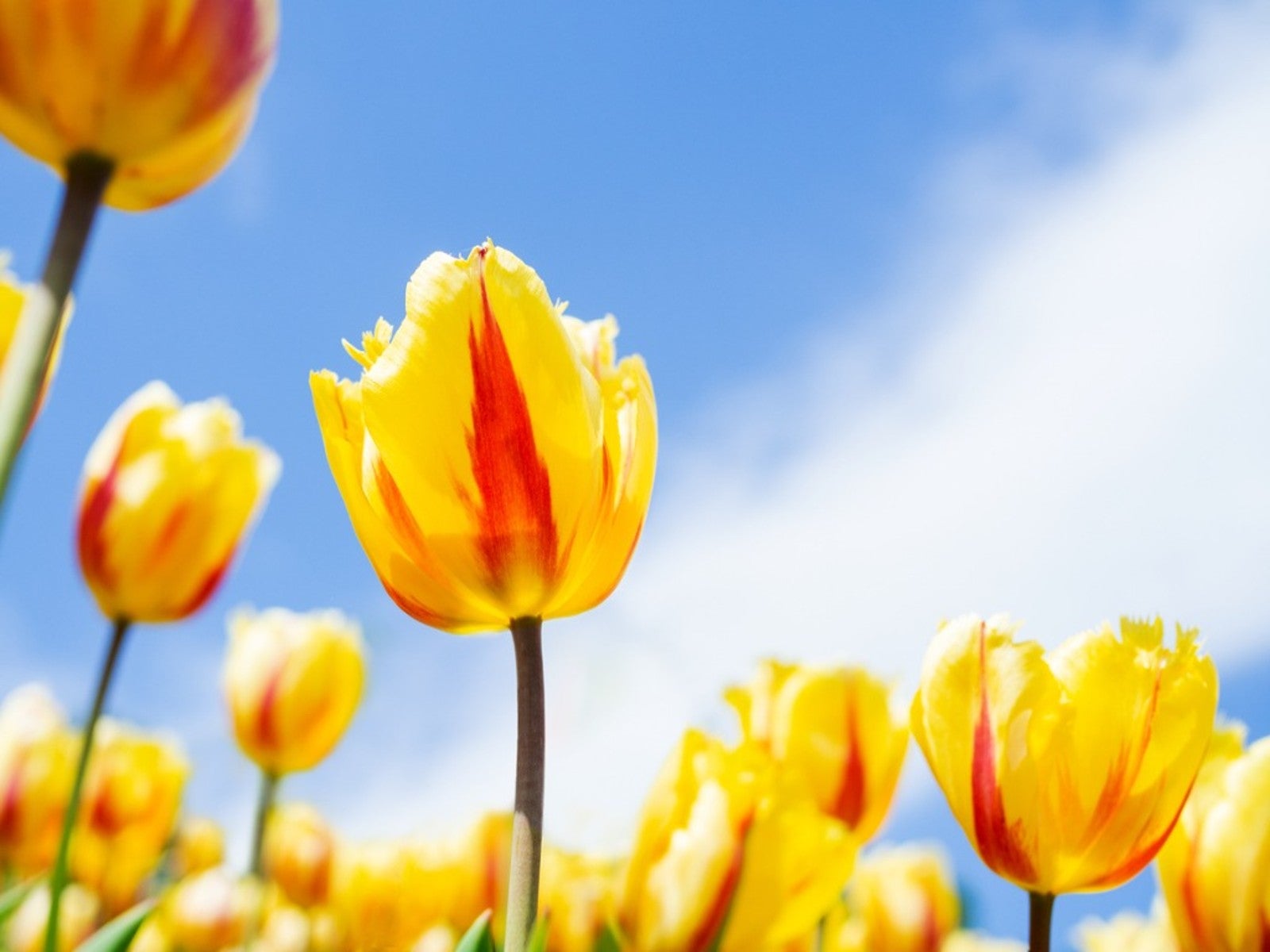 Best Spring Bulbs for Sun and Shade: Bulbs That Grow in Shade and Full Sun
Best Spring Bulbs for Sun and Shade: Bulbs That Grow in Shade and Full SunBulbs are beautiful harbingers of spring. Most flower bulbs thrive in full sun, but what if you have a shaded landscape? Read on for more.
By Amy Grant
-
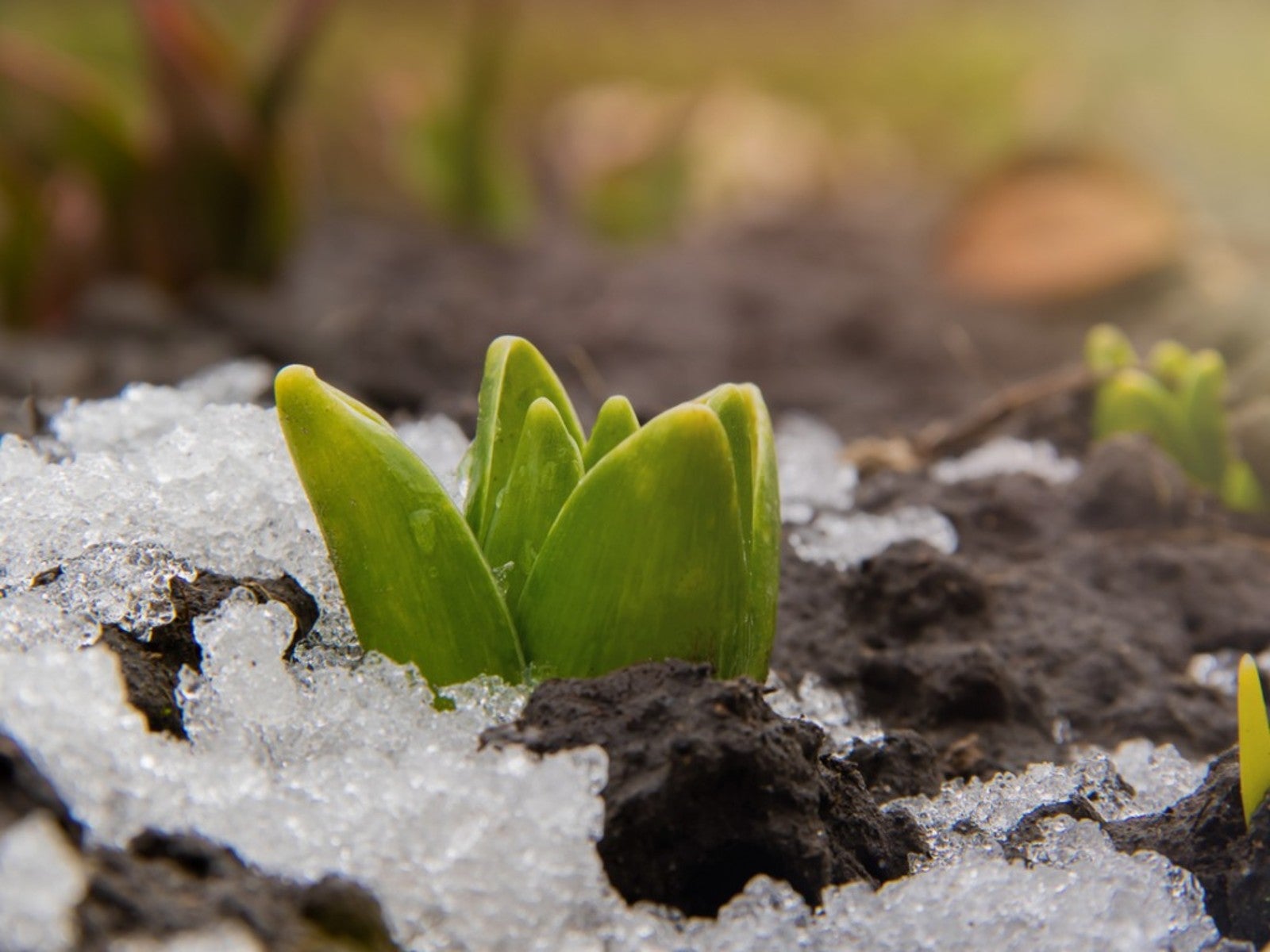 Bulb Life Cycle In Winter: What Bulbs Do For Months Under The Snow
Bulb Life Cycle In Winter: What Bulbs Do For Months Under The SnowDormancy in winter doesn't mean nothing is happening with bulbs. It just means you don't see any growth above the ground. Read on for more.
By Bonnie L. Grant
-
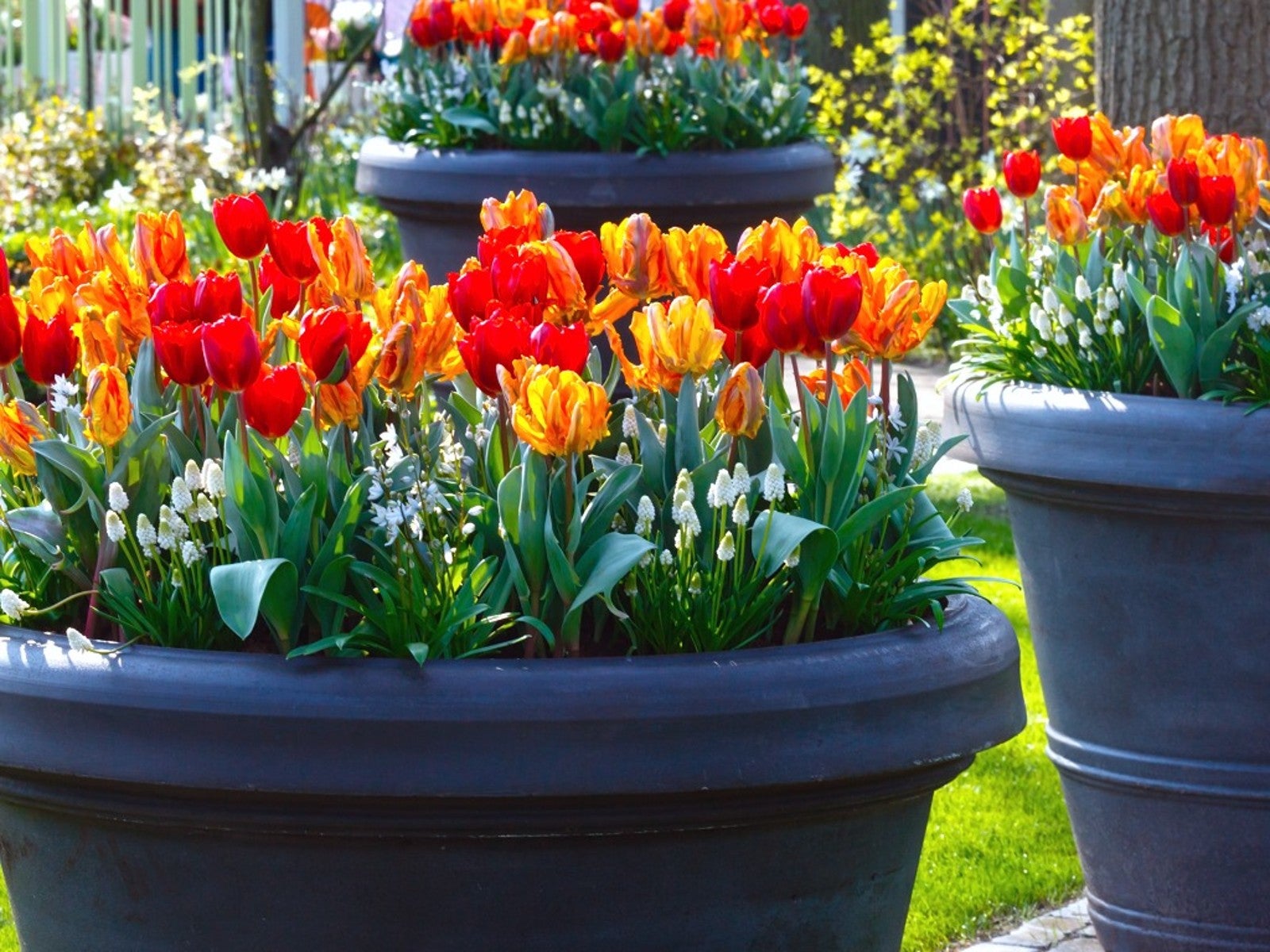 How To Plant Bulbs In Pots - Lasagna Style
How To Plant Bulbs In Pots - Lasagna StylePlanting bulbs in containers is an easy way to create a gorgeous spring porch arrangement, especially when you use the lasagna method.
By Laura Walters
-
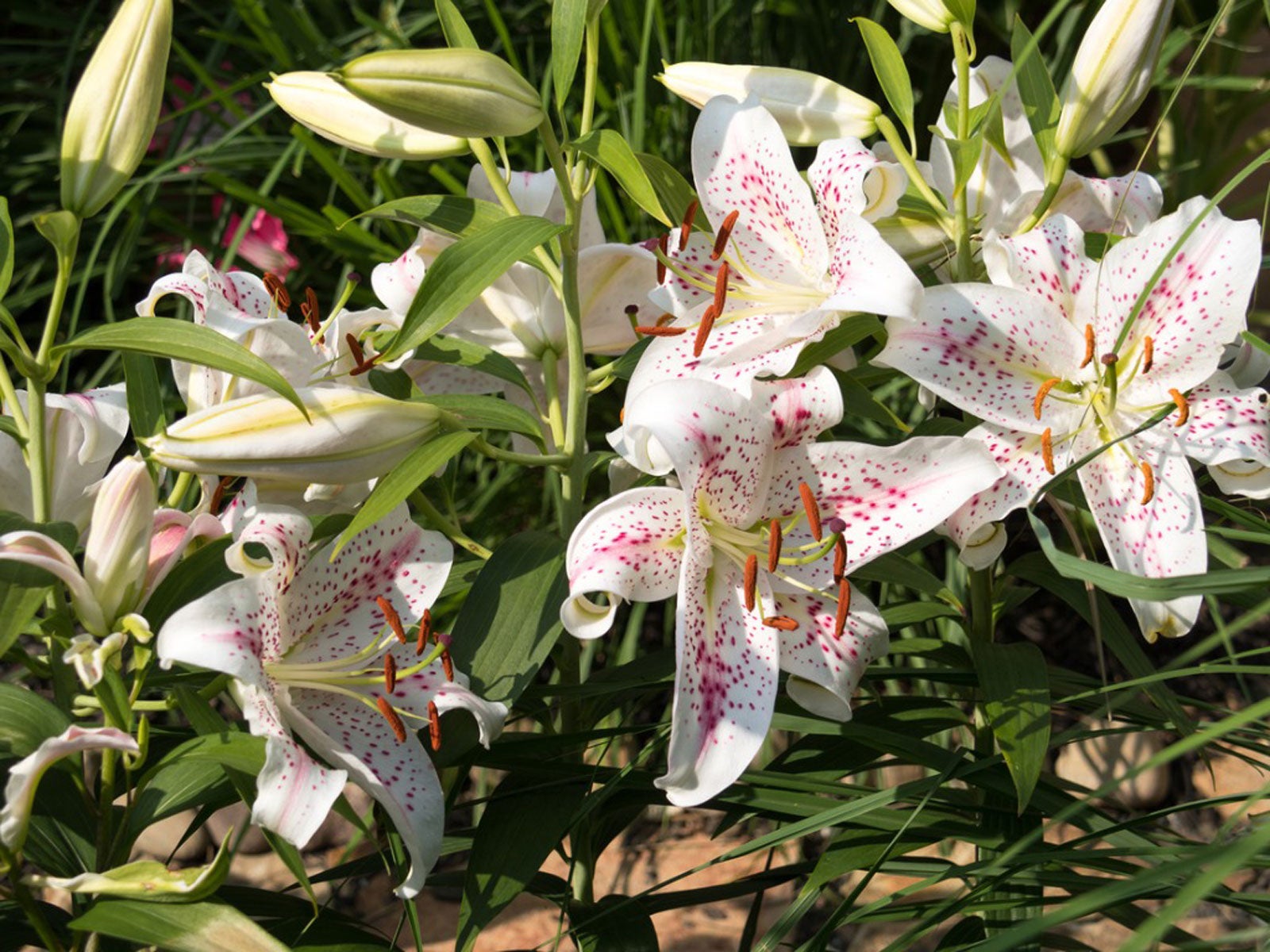 Summer Garden Bulbs – When To Plant Bulbs For Summer Flowers
Summer Garden Bulbs – When To Plant Bulbs For Summer FlowersMuch like their spring counterparts, summer blooming flower bulbs can add great depth to flower beds and borders. Click here to learn more.
By Tonya Barnett